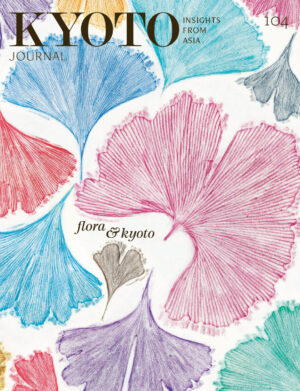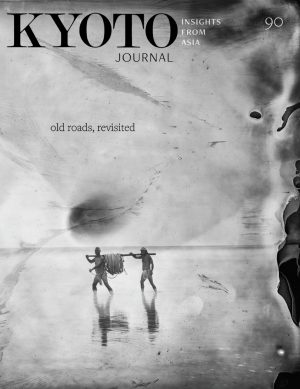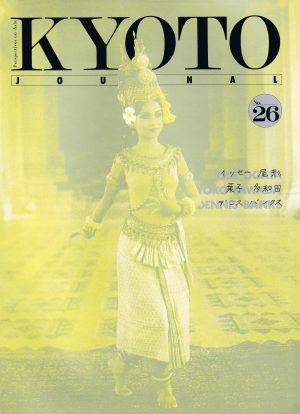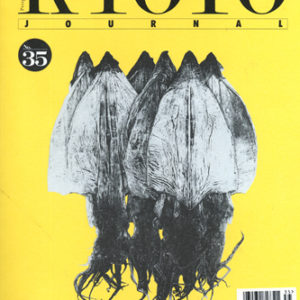Kyoto Journal Issue 7
¥880
(US$8)
Shiraho: World Heritage or Expendable Asset?
Tokobashira: The Tree in the Japanese House
The New Haiku
Bicycles of Kyoto
Japanese Education and the Authoritarian Group Dynamic
Out of stock
It has been more than eight centuries since the first haiku-like verses were composed in Japanese, yet only a little over eight decades since a group of Frenchmen visiting Japan wrote the first known haiku in a Western language. According to a venerable (and probably spurious) tradition, the first authentic haiku in Japanese was written by the Emperor Horikawa sometime before his death in 1107. Over the next several centuries haiku slowly evolved into a poetic form which came to be regarded by many Japanese as distinctly expressing their own “unique” culture and spirit. Since the publication of the Frenchmen’s efforts in 1905, however, this claim has been increasingly open to debate. — Richard Evanoff, Haiku Goes West
An eco-system consists of apparently diverse elements, complexly interrelated and interdependent. Its diversity is its strength, an indicator of the health and vitality of the whole. The same applies to human systems, whether physiological, social or economic. Despite off-cited Japanese national homogeneity, consensus decision-making and a national government dominated by just one party for the last 33 years, difference does arise in some places in Japan, in the form of healthy opposition to the prevailing policy of “development at all costs”. —Ken Rodgers, Shiraho: Coral or Concrete?
Now, all the gaijin I know in Kyoto know what ogatagomi is. You know, you’re walking down the street and all at once you see, say, a Sony TV set, a bicycle, a suit of armor and three bookcases lying abandoned out on the street, and you say, “Wow! What time does it get dark?” Then you get it all home and you find out that the TV is only black-and-white and the cord’s been cut off… But anyway, that’s the easy part. Trying to get rid of ogatagomi is a problem. It’s really hard. I know. I tried, and this is what actually happened to me.
— Harold Wright, Ogatagomi
Contents:
Further on this Floating Bridge of Dreams: Poems from Kyoto, by Robert Brady — John A. Hall
Cover Image by Kobashigawa Tomo
66pp
published June 10, 1988
¥880 (approx US$8) Need a currency converter? Use this one.
Shipping within Japan is free. But the price excludes Japanese sales tax.
Shipping to the North America/Europe/Oceania/Asia: ¥130 (about US$1.15), 5~10 days. We’re sorry to say that due to unreliable postal systems in Africa and South America we can only offer tracked mail by EMS, which is rather more expensive.
Please allow for 1-3 business days for processing prior to dispatch.
Is this a gift? We can put in a simple gift tag. If you would like it delivered direct to the recipient please just make sure the shipping address is correct!






